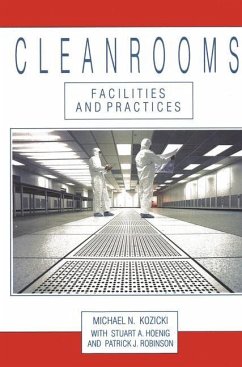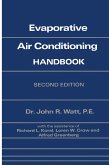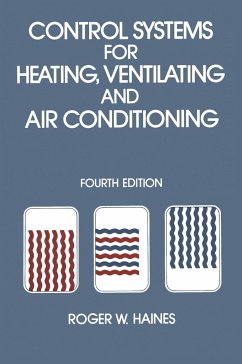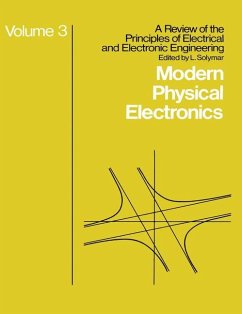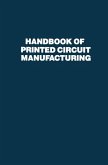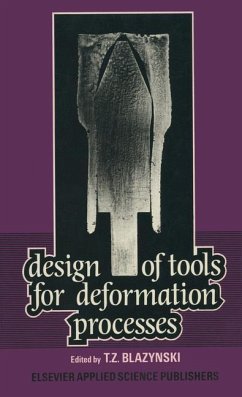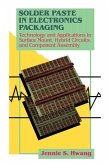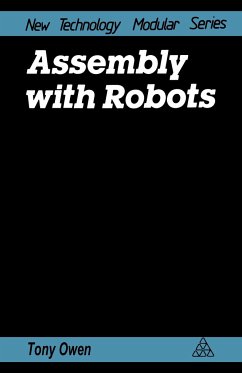In writing this book, our goal was to produce a much needed teaching and reference text with a fresh approach to c1eanroom technology. The most obvious technological reason for bringing this book into being is that c1ean rooms have become vital to the manufacture and development of high technology products in both the commercial and military sectors, and there fore people have to develop an understanding of them. Examples of c1ean room applications include the manufacture of integrated circuits and other electronic components, preciSion mechanical assemblies, computer disks and drives, compact disks, optical components, medical implants and prostheses, pharmaceuticals and biochemicals, and so on. The book is written for anyone who is currently involved, or intends to become involved, with c1eanrooms. We intend it to be used by a wide range of professional groups including process engineers, production engineers, plant mechanical and electrical engineers, research engineers and scientists, managers, and so on. In addition, we believe it will be beneficial to those who design, build, service, and supply c1eanrooms, and may be used as a training aid for students who intend to pursue a career involving controlled environments and others such as c1eanroom operators and maintenance staff. We have attempted to steer clear of complex theory, which may be pursued in many other specialist texts, and keep the book as understandable and applicable as possible.

